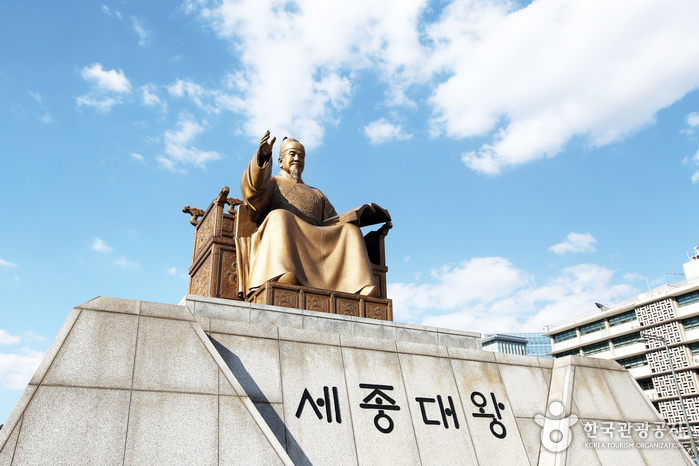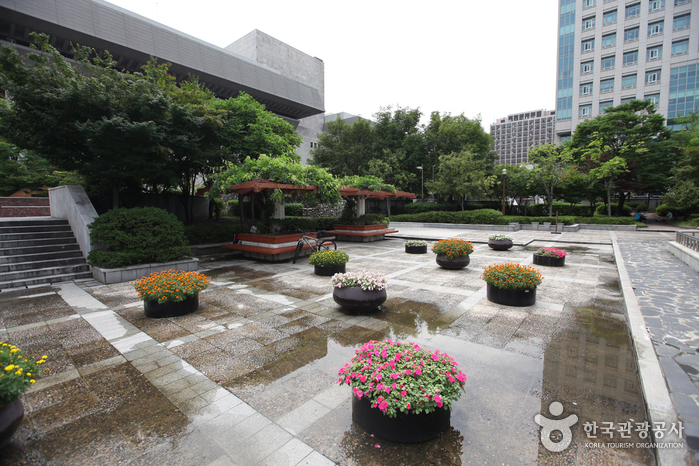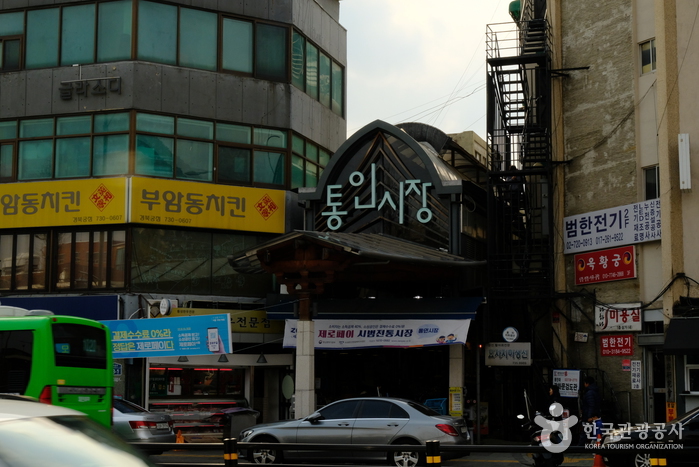Berluti - Shinsegae Main Branch [Tax Refund Shop] (벨루티 신세계 본점)
4.1Km 2024-04-18
6F, 63, Sogong-ro, Jung-gu, Seoul
-
Omega - Shinsegae Main Branch [Tax Refund Shop] (오메가 신세계 본점)
4.1Km 2024-04-18
63, Sogong-ro, Jung-gu, Seoul
-
Dior - Shinsegae Main Branch (1F) [Tax Refund Shop] (디올 신세계 본점 1층)
4.1Km 2024-04-23
1F, 63, Sogong-ro, Jung-gu, Seoul
-
Fendi - Shinsegae Main Branch (2F) [Tax Refund Shop] (펜디 신세계 본점2층)
4.1Km 2024-04-19
63, Sogong-ro, Jung-gu, Seoul
-
Duko S.T.Dupont - Shinsegae Main Branch [Tax Refund Shop] (듀코 신세게(백)본점 듀퐁)
4.1Km 2024-04-16
6F Shinsegae Department Store Main Branch, 63, Sogong-ro, Jung-gu, Seoul
-
King Sejong Statue (세종대왕 동상)
4.1Km 2024-03-04
175, Sejong-daero, Jongno-gu, Seoul
+82-2-2133-7713
King Sejong Statue can be found at Seoul’s Gwanghawmun Square. The statue commemorates King Sejong the Great (1397-1450, reign 1418-1450), the fourth king of Joseon (1392-1897). He is thought to be the greatest king in Korean history, for he is credited with great developments in science and technology, expansion of Joseon’s territory, and the creation of the Korean script, [Hangeul]. King Sejong’s likeness can be found on the 10,000 won bill as well.
Sejong-ro Park (세종로공원)
4.1Km 2022-08-31
jiha 189, Sejong-daero, Jongno-gu, Seoul
+82-2-722-9598
Sejong-ro Park is located next to Sejong Center for the Performing Arts in central Seoul. Inside the park, there are wooden benches and shaded areas where people can sit and relax. Also available are water fountains, a round outdoor stage, and various sculptures. The lunch crowd from the nearby office buildings often come to the park during weekdays. On the weekends, the park is also used as a venue for outdoor weddings.
Seoul's anthem and the poem "Bulnori" by Ju Yo-han are written on a memorial stone that can be found inside the park.
Olive Young - Sinyongsan Station Branch [Tax Refund Shop] (올리브영 신용산역)
4.1Km 2024-04-17
#101, and #102, 95, Hangang-daero, Yongsan-gu, Seoul
-
Tongin Market (통인시장)
4.1Km 2025-06-19
18 Jahamun-ro 15-gil, Jongno-gu, Seoul
Tongin Market dates back to June 1941, as a public market set up for Japanese residents near the Hyoja-dong neighborhood when Korea was still under Japanese rule. After the Korean War, the nation experienced a swift rise in population, which led to a natural increase in consumption and demand. As a result the area’s street vendors and stores used the former Tongin Market area as their marketplace. Now, Tongin Market consists of 75 stores, most of which are restaurants and grocery stores. There are also some shops selling manufactured goods like underwear and shoes.
Cheonggye Pharmacy - Cheonggyecheon Branch [Tax Refund Shop] (청계약국 청계천)
4.1Km 2024-04-17
14, Cheonggyecheon-ro, Jung-gu, Seoul
-
![Berluti - Shinsegae Main Branch [Tax Refund Shop] (벨루티 신세계 본점)](http://tong.visitkorea.or.kr/cms/resource/48/2890448_image2_1.jpg)
![Omega - Shinsegae Main Branch [Tax Refund Shop] (오메가 신세계 본점)](http://tong.visitkorea.or.kr/cms/resource/90/2890490_image2_1.jpg)
![Dior - Shinsegae Main Branch (1F) [Tax Refund Shop] (디올 신세계 본점 1층)](http://tong.visitkorea.or.kr/cms/resource/69/2890569_image2_1.jpg)
![Fendi - Shinsegae Main Branch (2F) [Tax Refund Shop] (펜디 신세계 본점2층)](http://tong.visitkorea.or.kr/cms/resource/85/2890585_image2_1.jpg)
![Duko S.T.Dupont - Shinsegae Main Branch [Tax Refund Shop] (듀코 신세게(백)본점 듀퐁)](http://tong.visitkorea.or.kr/cms/resource/10/2887810_image2_1.jpg)


![Olive Young - Sinyongsan Station Branch [Tax Refund Shop] (올리브영 신용산역)](http://tong.visitkorea.or.kr/cms/resource/95/2888195_image2_1.jpg)


 English
English
 한국어
한국어 日本語
日本語 中文(简体)
中文(简体) Deutsch
Deutsch Français
Français Español
Español Русский
Русский